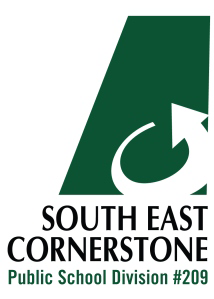Cheryl Anderson, co-ordinator of student services and Cindy Tenold, co-ordinator of learning supports were joined by Rita Gillingham who spoke about intervention reading programs when the South East Cornerstone Public School Division board members met for an afternoon of presentations on Sept. 15. The presentation was part of their general business and information gathering session.
Tenold spoke about inclusion and intervention plans that involved students as well as their families and the number of students and professionals who are involved in the projects throughout the division. She said some students require case management programs.
Intensive needs students, it was pointed out, need to focus on literacy and mathematics, just as students do in the general stream of program delivery. She said there are 181 intensive needs students in the system that has a total student population of just under 8,200, compared with 204 last school year.
Anderson said 1,164 students were “pulled out” of classrooms for intervention sessions that included instruction in sciences, math and English as another language. She said up to $500,000 has been invested in literacy intervention kits and projects up to a Grade 5 level with over 750 students being supported in that manner which may include psychologist assessments.
Speech therapy instruction absorbed just under 500 students in the last school year and occupational therapy professionals were in short supply last year which meant fewer students could be served in that department.
English as another language students have increased steadily over the last four years, starting in 2012 when there were 213 registered for those classes, followed by 257 in 2013, 385 in 2014 and 511 in the last academic year. Anderson said there will be more than 500 again this year.
In a response to a question from the board, Anderson said it could take up to 10 years before an EAL student gains enough knowledge and confidence to deal confidently by speaking and writing in English in a working and social environment.
Gillingham spoke about best practices in delivering literacy programs and intervention reading projects that involve 100 minutes a day of reading and comprehension studies over a 10 to 12 week period. She used an example of four students in the program and how they responded positively at an early learning stage through careful intervention and guidance. She said the process involves phonetics, vocabulary building, teacher reading as well as student reading, group reads and self reading and listening lessons as well a developing fluency and accuracy in reading and writing. She said a pilot project launched last year focused on Grade 2 and 3 target students with 16 of the youngsters involved in the first round. She said they saw improvements as small as three levels and as large as 12 levels of competency using universal non-specific measurements.
The presenters were thanked by board chairwoman Audrey Trombley who noted the program will continue to be monitored as the efficiency ratings continue to rise.



